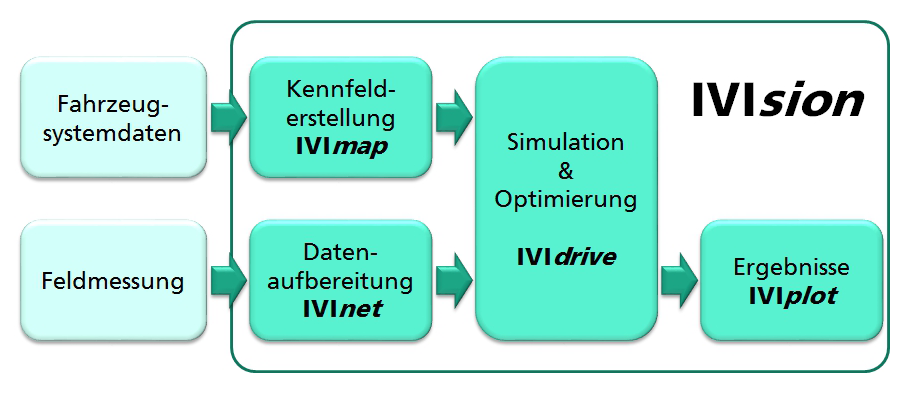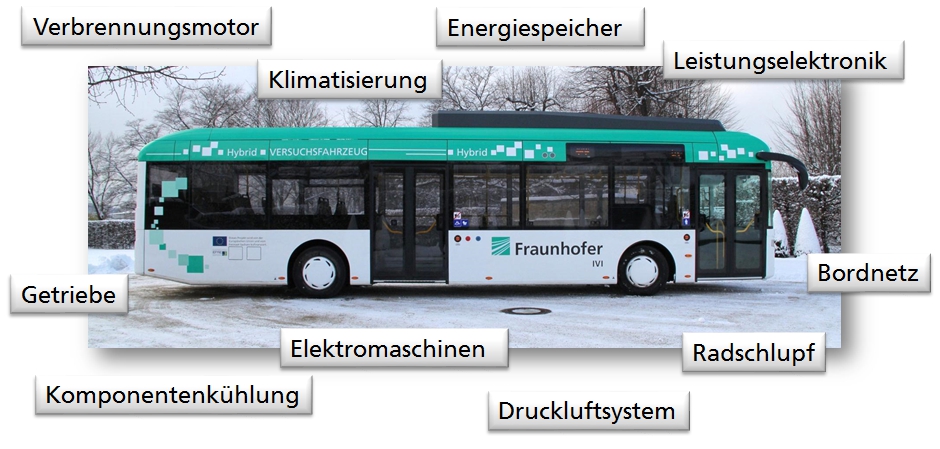Simulation Tool IVIsion
IVInet - Measurement Data Processing
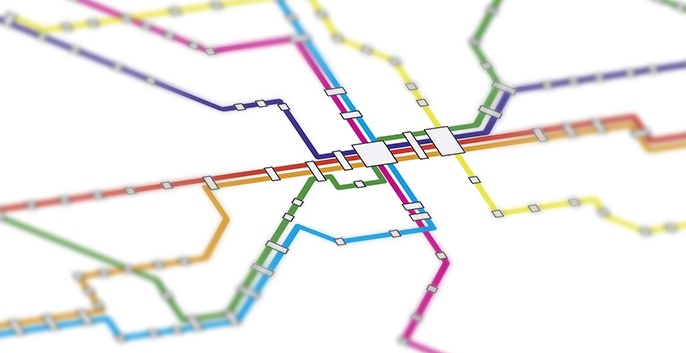
With IVIsion and IVInet, entire public transport networks can be simulated
- automated processing of large amounts of data from long-term measurements for simulations (GPS data, CAN data, passenger load)
- applicable for entire public transport networks
- algorithms specially adapted to scenarios in public transport
IVImap - Mapping
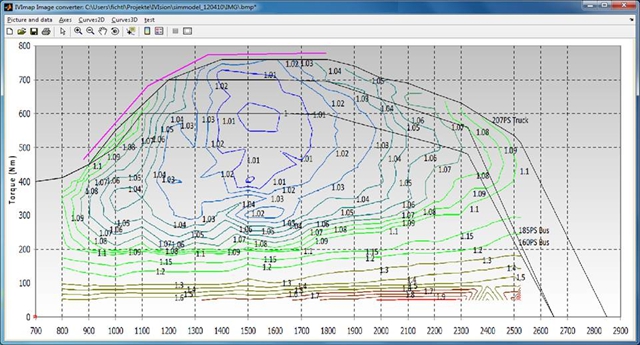
Mapping and map processing with IVImap
With IVImap, image-based maps can be
- read,
- scaled and
- edited.
The powertrain maps necessary for simulations are often not available. Therefore, IVImap already contains a large variety of maps of typical components. These maps can be adapted to the exact values of the respective application using IVImap.
IVIdrive - Overall Vehicle Simulation
Vehicle model
- more than 100 pre-set vehicle and powertrain configurations
- vehicle from up to three segments and five axles
- map-based models of combustion engines, electric engines and gear boxes
- power electronics based on characteristic curves
- on-board power supply (high and low voltage)
- energy storages (batteries, caps)
- cooling of components
- compressed air system
- air-conditioning of passenger compartment
- tire-road wheelslip model
- user interface for vehicle configuration
Fields of application
- calculation of driving performance, energy balancing
- dimensioning of components, system optimization
- testing of operational strategies
- pre-configured
- adaptive regarding performance of powertrain
- depending on type of driver for a flexible chraracterization of vehicles
- self-learning SOC control of electric energy storages
- intelligent auxiliary management
Distinctions in Public Transport Simulation
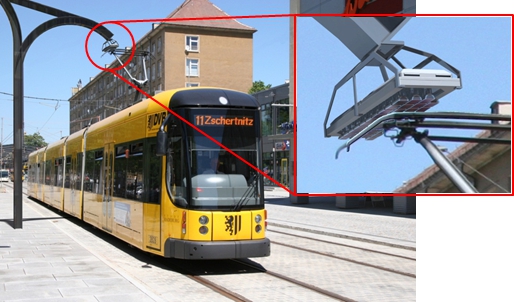
- wayside energy supply at stop and while driving
- consideration of various recharging strategies
- high positional accuracy of the simulation (precise halting at stops and recharging points)
- consideration of emission-free traffic zones
- mapping of a high number of different auxiliaries
